Refinancing your mortgage can be a smart financial move, but it’s not a one-size-fits-all solution. Whether you’re looking to lower your monthly payments, shorten your loan term, or tap into your home’s equity, it’s essential to weigh the benefits and potential drawbacks. Here’s what you need to know to decide if refinancing is right for you.
Why Consider Refinancing?
Refinancing replaces your current mortgage with a new one, ideally under better terms. Here are three common reasons people choose to refinance:
- Lowering Your Interest Rate
If current rates are lower than what you locked in on your existing mortgage, refinancing could save you thousands over the life of your loan. Even a 1% decrease in your rate can significantly reduce monthly payments. - Shortening Your Loan Term
Switching from a 30-year mortgage to a 15-year term can save on interest payments and help you build equity faster. However, this typically comes with higher monthly payments, so it’s important to ensure the change aligns with your budget. - Accessing Home Equity
A cash-out refinance lets you borrow against your home’s equity, giving you funds to pay off debt, make renovations, or cover major expenses. Keep in mind, this increases your loan balance and may extend your repayment period.
Pros and Cons of Refinancing
Refinancing isn’t without its trade-offs. Let’s look at both sides:
Pros:
- Potential Savings: Lower interest rates can mean substantial savings over time.
- Improved Cash Flow: Reduced monthly payments free up funds for other expenses.
- Debt Consolidation: Use home equity to consolidate higher-interest debts.
- Faster Payoff: Shorter loan terms help eliminate debt sooner.
Cons:
- Closing Costs: Refinancing isn’t free. Expect to pay 2-6% of your loan amount in closing costs.
- Restarting the Clock: If you refinance to a new 30-year loan, you might pay more in total interest.
- Equity Risk: Cashing out too much equity can leave you financially vulnerable if home values drop.
How to Calculate Potential Savings
Understanding the financial impact of refinancing is key to making the right decision. Here’s a simple way to estimate your potential savings:
- Determine Your New Monthly Payment
Use an online mortgage calculator to estimate your new monthly payment based on the proposed interest rate and loan term. - Compare Closing Costs to Savings
Add up the total closing costs for the new loan. Then calculate how long it will take to recoup those costs by dividing them by the amount saved each month. For example, if closing costs are $4,000 and you save $200 monthly, it will take 20 months to break even. - Evaluate Long-Term Benefits
Look beyond the break-even point to assess the total savings over the loan’s life, including any reduction in interest payments.
Steps to Start the Refinancing Process
If refinancing seems like a good fit, follow these steps to get started:
- Review Your Credit
A strong credit score improves your chances of qualifying for the best rates. Check your score and address any errors on your credit report before applying. - Gather Documentation
Lenders will require financial documents such as pay stubs, tax returns, and bank statements to verify your income and assets. - Get Pre-Approved
A pre-approval gives you a clear idea of your refinancing options and helps speed up the process. - Lock in Your Rate
Once you’ve chosen a lender, lock in your rate to protect yourself from market fluctuations during the closing process.
How First Western Trust Can Help
Refinancing is a significant financial decision, and it’s important to have an experienced partner by your side. At First Western Trust, we’ll work with you to understand your goals, run the numbers, and guide you through every step of the process. Our team specializes in tailoring solutions to fit your unique needs, ensuring your refinance decision is as seamless and beneficial as possible.
Final Thoughts
Refinancing your mortgage can be a powerful tool for improving your financial health, but it’s not the right choice for everyone. By understanding your goals, calculating the potential savings, and working with a trusted lender, you can make a confident, informed decision.
Ready to explore your refinancing options? Contact us today to schedule a consultation with one of our mortgage experts. Together, we’ll help you determine if refinancing is the best move for your future.


